In the realm of whitening devices and light-assisted oral care, light decay is often considered a mere performance issue. However, recent research indicates that this subtle degradation in light output may be a silent threat, contributing to tooth demineralization. Could weakened light systems be directly harming enamel integrity? This article explores the underlying mechanisms and offers prevention strategies for manufacturers.
Light decay refers to the gradual reduction in output intensity of LED or laser modules used in teeth whitening and oral care devices. This reduction can stem from:
While reduced light output seems to affect only whitening efficacy, its impact on enamel health is often overlooked.
Tooth demineralization is the process of calcium and phosphate loss from enamel, weakening the tooth’s protective layer. In whitening treatments:
If whitening chemistry is not carefully balanced with controlled light activation, long-term enamel weakening occurs. Company web:https://www.powsmart.com/product/electric-toothbrush/
Here’s the hidden mechanism:
Paradoxically, weakened light modules prolong chemical activity, harming enamel more than properly functioning devices.
Key contributors to premature light decay include:
Failure to control these factors exposes devices to rapid optical degradation and hidden enamel risks.
To mitigate light decay and protect enamel health:
By maintaining consistent light energy delivery, manufacturers protect both whitening results and enamel safety.
For B2B buyers and distributors, addressing light decay proactively offers:
In an increasingly regulated market, safety-focused design becomes a key sales driver.
Is light decay silently causing tooth demineralization? Evidence suggests that it can, making it a hidden but preventable threat in light-assisted oral care devices. By engineering for sustained light performance and incorporating proactive monitoring systems, manufacturers can ensure both whitening efficacy and long-term enamel health. Contact us
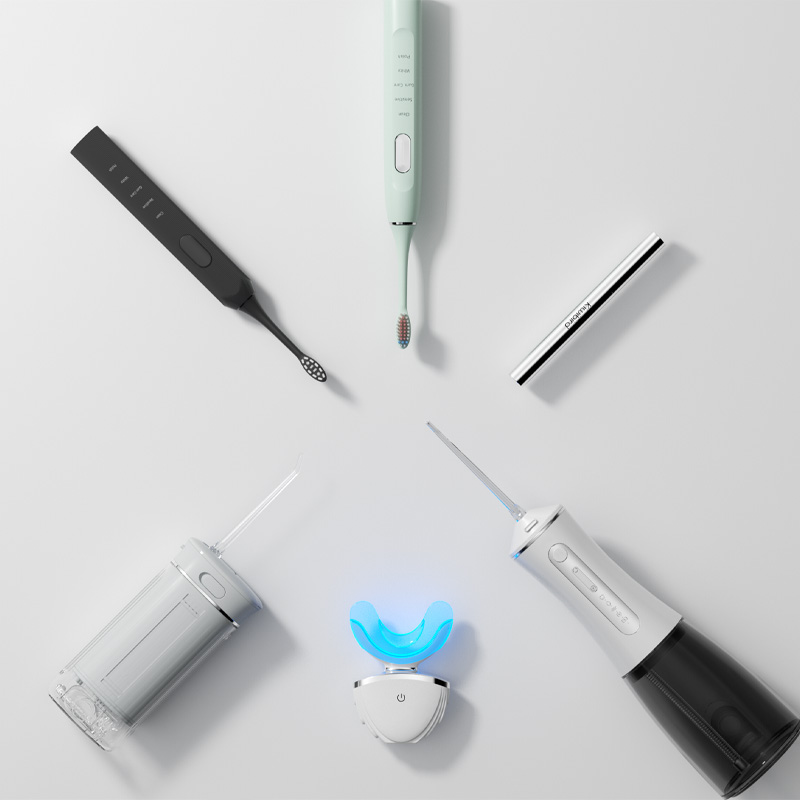
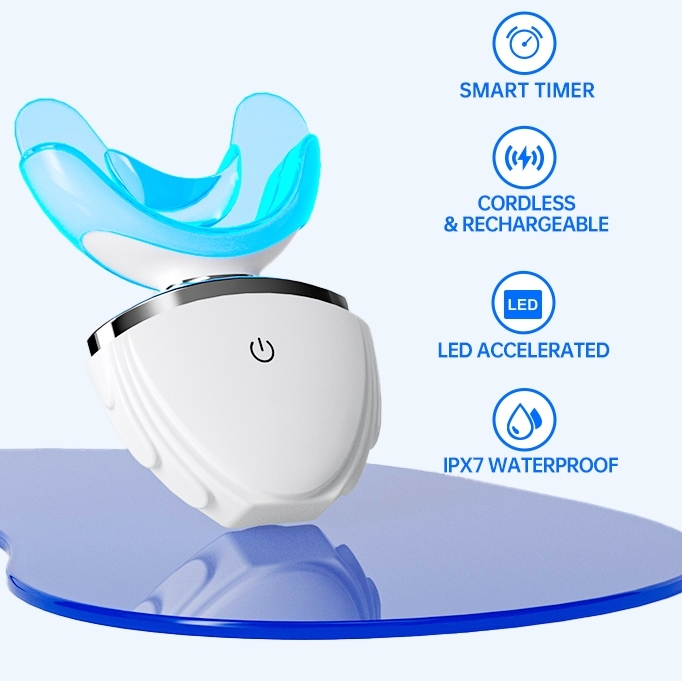
Facing Brush Head Frying? Can a High Recycled Plastic Ratio Boost Durability and Sustainability?
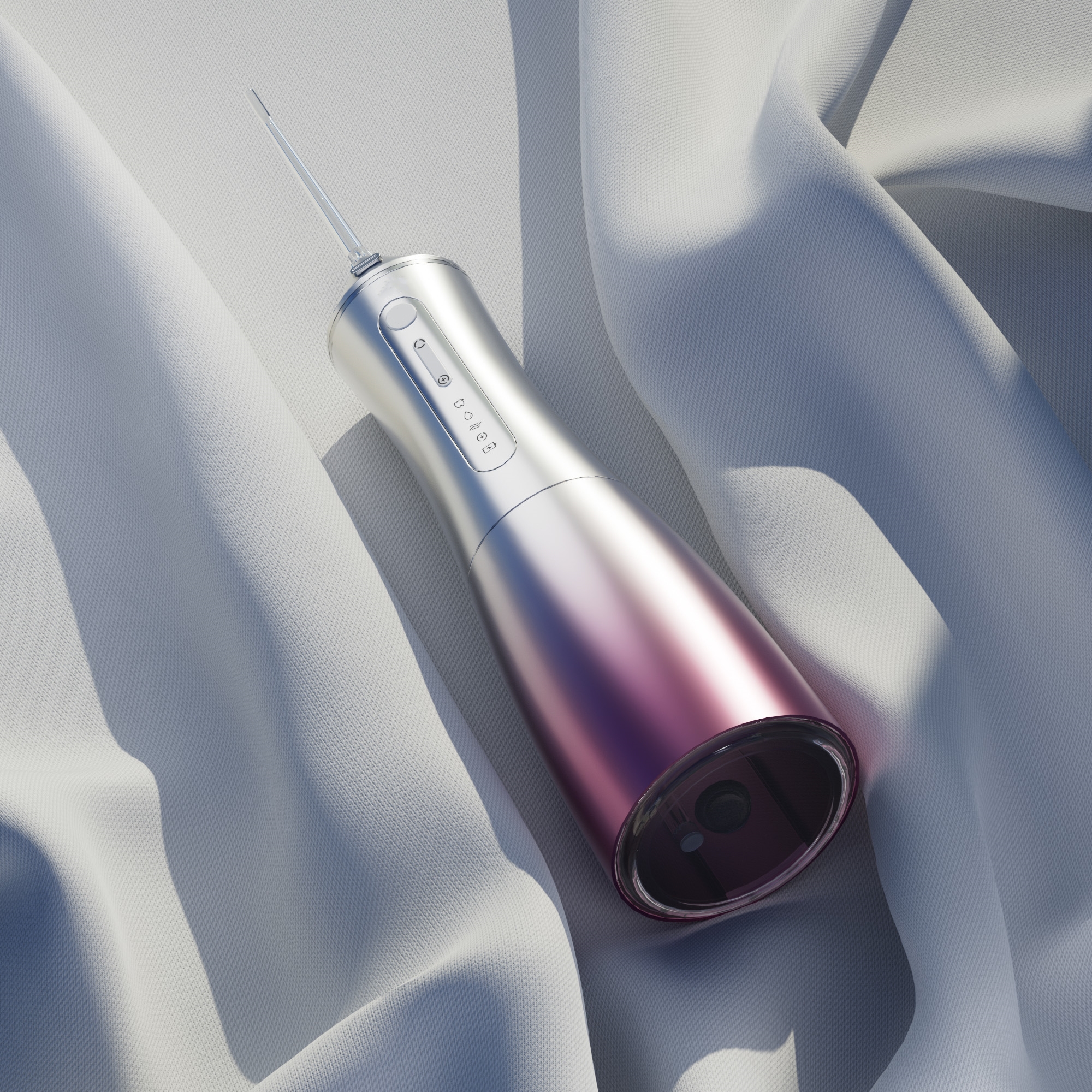
Types of Irrigator Nozzles: Which Nozzle is the Best Choice?
Eco Packaging Electric Toothbrush for Retailers

How Big Is the Teeth Whitening Market? Capitalize with LED Whitening Kit OEM
Premium Sonic Toothbrush Wholesale | Professional Quality for Global Brands

The Rise of Wireless Teeth Whitening Devices: Manufacturing Innovations
Are Filter Degradation and Voltage Drops Linked?
-2-scaled.png)
How to Source the Best Teeth Whitening Device Manufacturers for Your Brand
.jpg)
Tampa bulk electric toothbrushes
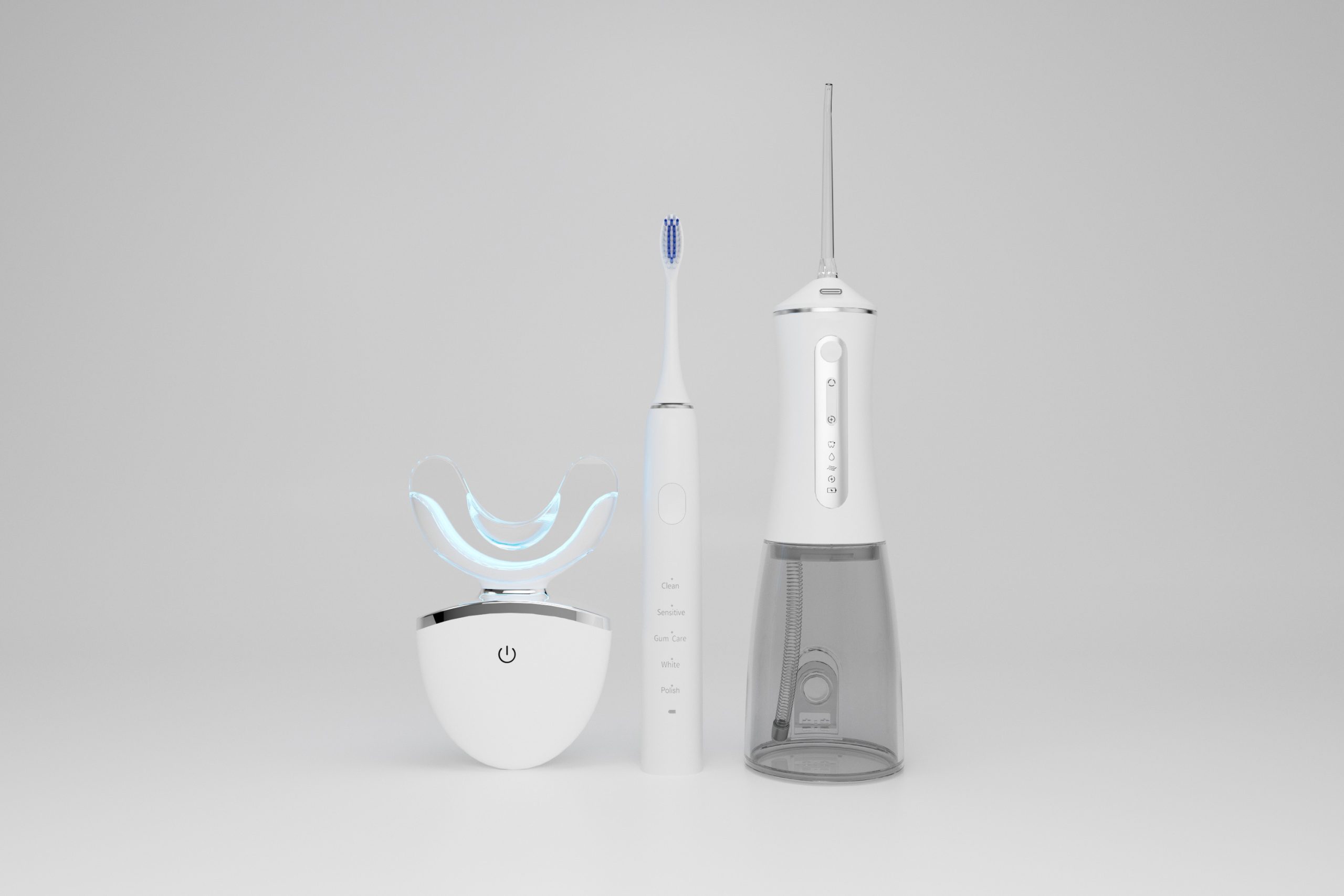
Cost Control and Quality Assurance Strategy of Electric Toothbrush OEM Production
Smart Toothbrush Mumbai | Modern Dental Care
.jpg)
Can Cartoons Improve Brushing Habits?
.jpg)
Waterproof Travel Electric Toothbrush for Texas Ranchers
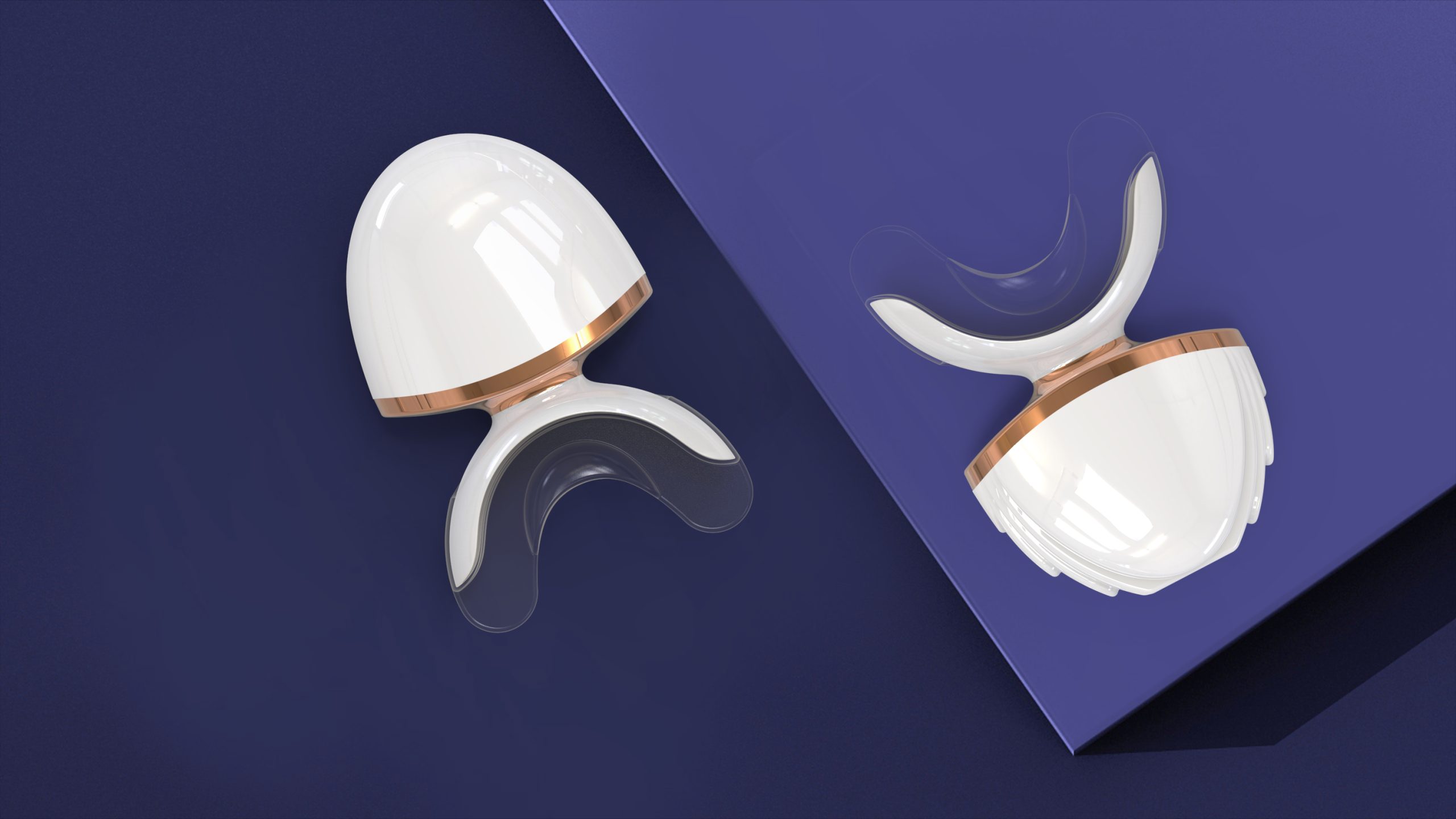
Dentist’s Guide: Choosing the Right LED Whitening Device for Stains
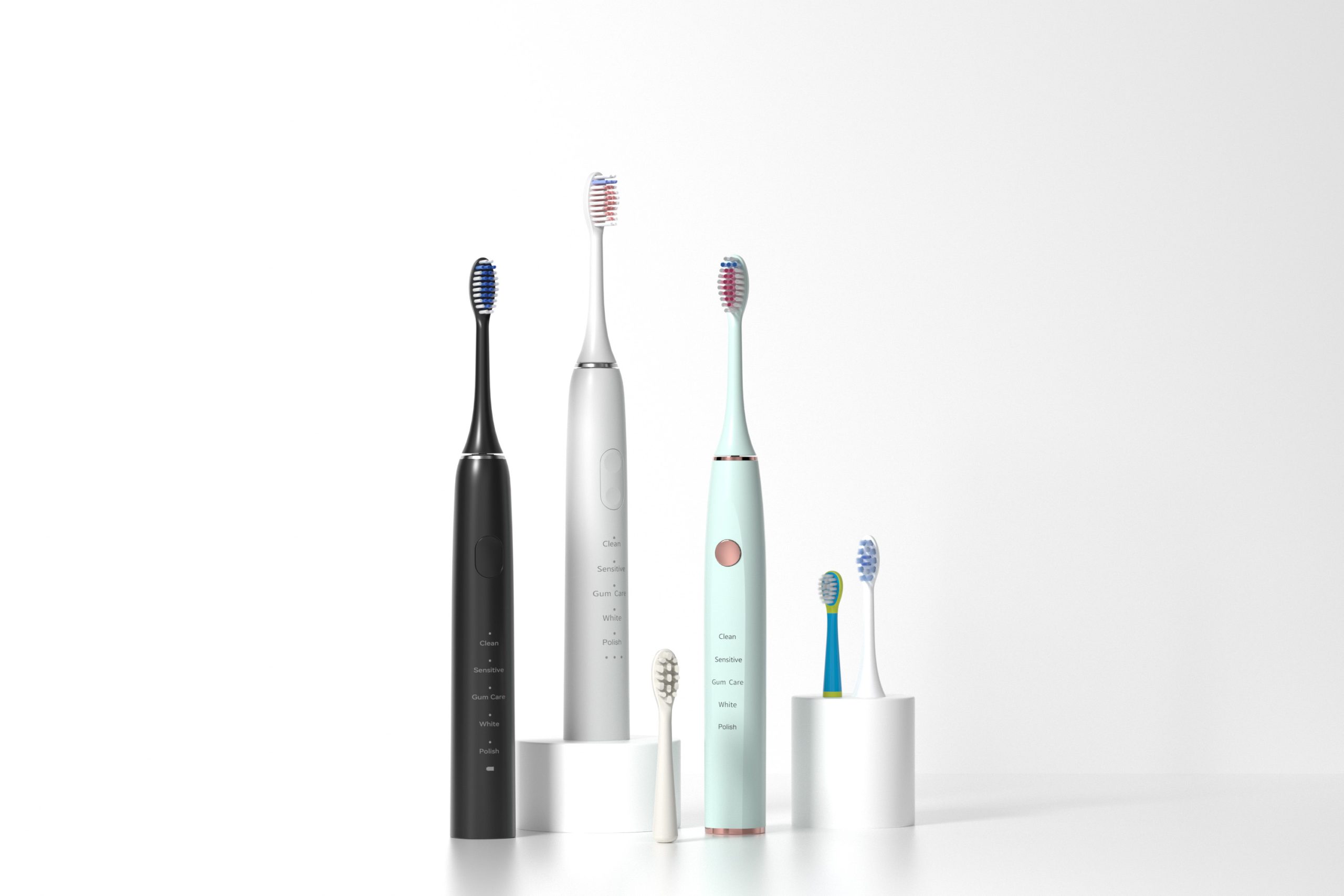
Why is an Alaska travel toothbrush designed as an Alaska rugged toothbrush?
.jpg)
How elderly oral health defines India senior care standards

electric toothbrush heads Ultra Soft

electric toothbrush heads Deep Clean

Private Label Whitening Gel

electric toothbrush heads Regular Clean

electric toothbrush heads Charcoal Infuse-Round

Electric toothbrush heads Charcoal Infused-Diamond

Customization Teeth Whitening Gel
.jpg)
Florida Electric Toothbrush – Powsmart PTR-C8
whstapp
whstapp
National Toll-Free Service Hotline
+86 755 86238638